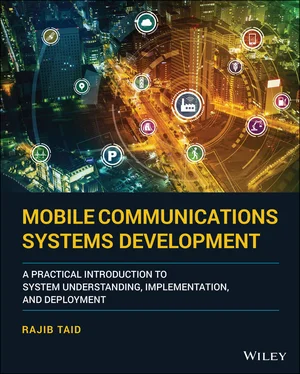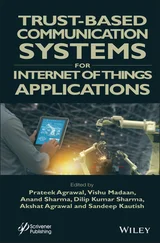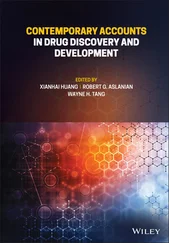1 ...8 9 10 12 13 14 ...41 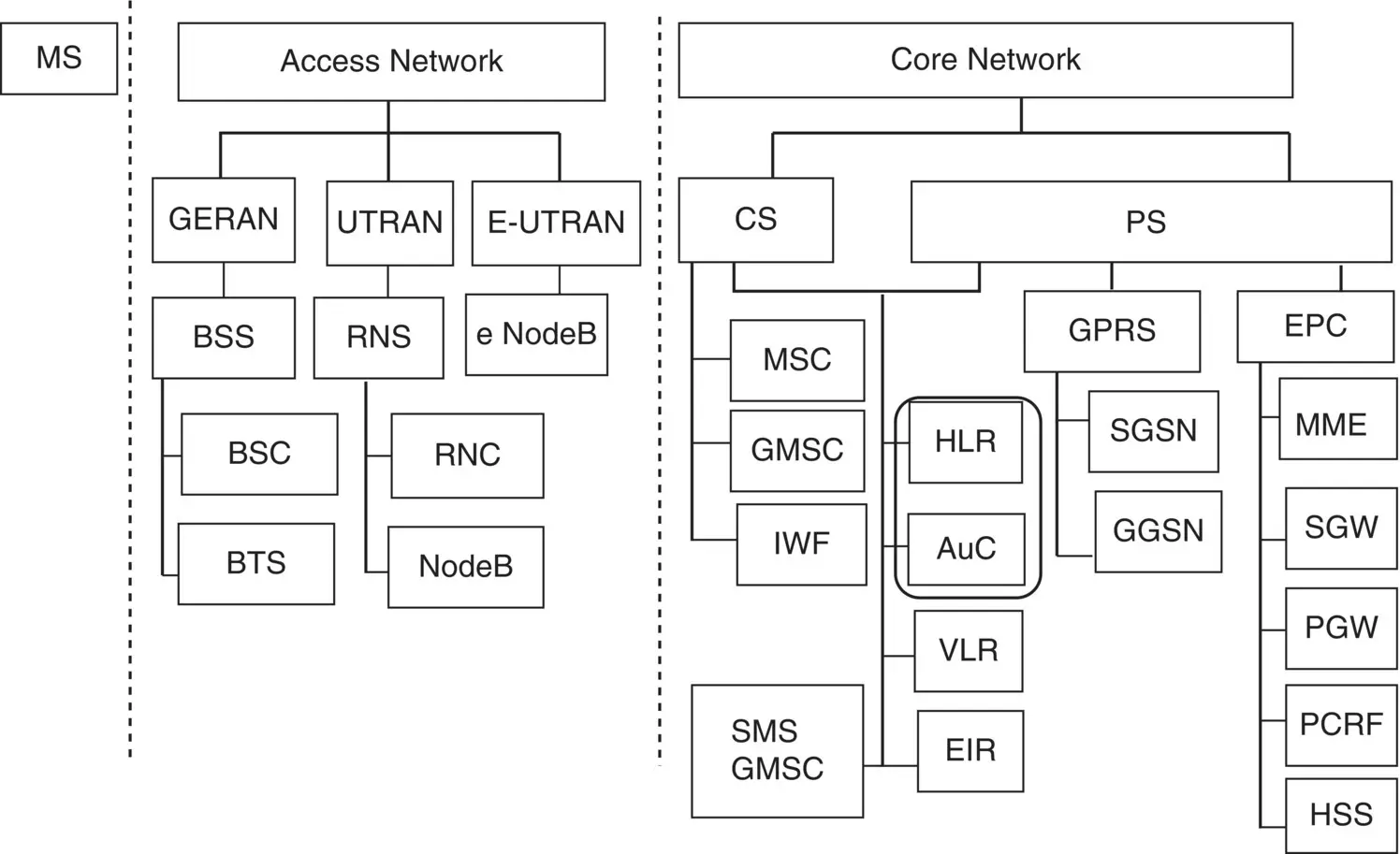
Figure 2.6 Network domains and their elements of mobile communication networks: GSM to 4G (LTE/EPS).
The vertical dotted lines shown in Figure 2.6represent the logical interface between two network domains of a mobile communications network. More about the logical interfaces using which network elements exchange protocol information is described later in Section 3.1.2. For the description of the functions performed by each of the network elements shown in Figure 2.6, the reader is recommended to refer to the TS 23.002 [29]. Identification and other aspects of the 3GPP technical specification are described later in Section 2.5.
The network elements of the AN domain work using the respective and particular RAT of a mobile communications system.
The CN is further divided into the following domains.
Circuit Switched (CS), which provides voice call services in case of the GSM and UMTS system.
Packet Switched (PS), which provides data services in the case of the GPRS, UMTS, and LTE/EPS systems.
IMS (IP multimedia subsystem), which is used to provide voice call services over an LTE/EPS network.
Note that some of the network elements are found in the CN domain only. For further details on the functions performed by the different network elements, refer to TS 23.002 [29]. In the next two sections, illustrations are presented to illustrate the end‐to‐end protocol information flow through the above network domains of a GSM network.
2.2.4 Example: End‐to‐End Mobile Network Information Flow
Figure 2.7illustrates, in general, an end‐to‐end information flow starting from the MS/UE to the external network to offer communication services such as the voice, data, and multimedia contents in the case of a GSM, UMTS, LTE, or 5G network. The same figure can be used to illustrate the end‐to‐end information flow by replacing the RAN and CN elements of the respective communication systems, i.e. GSM, UMTS, LTE, and 5G systems.
In Figure 2.7, observe the extent of the dotted as well as the bold and solid line.
The dotted line terminates between the MS and the RAN. This is the radio frequency signaling information flow path between the MS and the RAN, which facilitates establishing and access dedicated network resources by the MS.
The dark solid and bold line terminates between the MS/UE and core network via the RAN. This is the actual user data/traffic information flow path between the MS and the CN, en route to an external network.
In a cellular system, radio signaling must be established prior to a user can start using various services like voice and data. So, a data/traffic path has been shown on top of the signaling path in Figure 2.7.
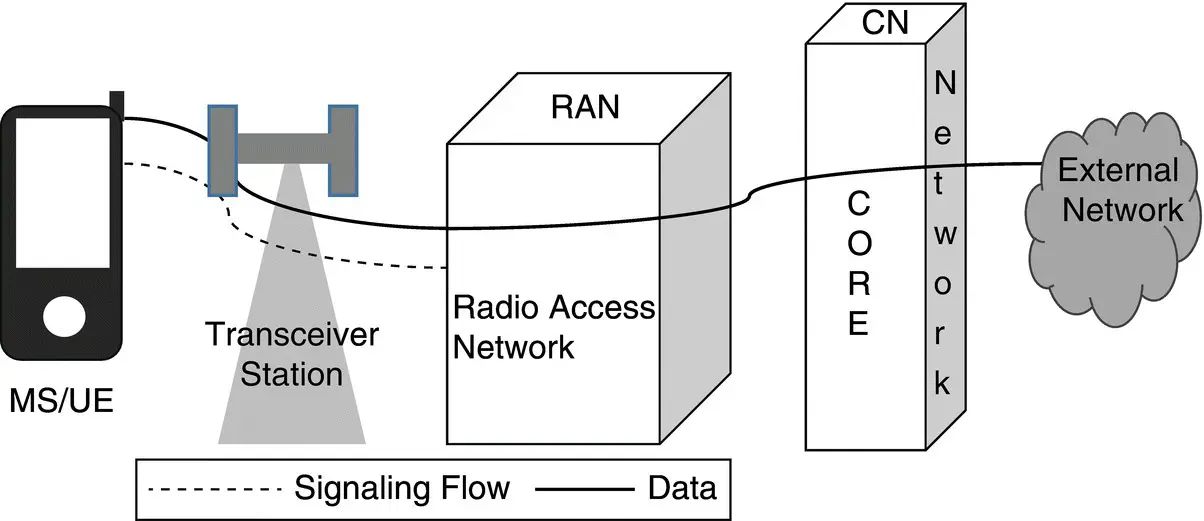
Figure 2.7 Illustration of end‐to‐end flow of information in a mobile communication network.
2.2.5 Example: GSM MO Call
Whenever the call button of a mobile phone is pressed, a great deal of information is exchanged in the form of a signaling message among the various network elements of a mobile communications network. In the case of a mobile‐initiated call, the signaling message flow starts from the mobile station to the core network until the subscriber disconnects the voice call. This is further illustrated through a typical GSM MO call flow diagram shown in Figure 2.8. In Figure 2.8, the text inside the bracket shows the corresponding 3GPP technical specification number (described in the subsequent sections), where the definition and more details about the concerned signaling messages can be found.
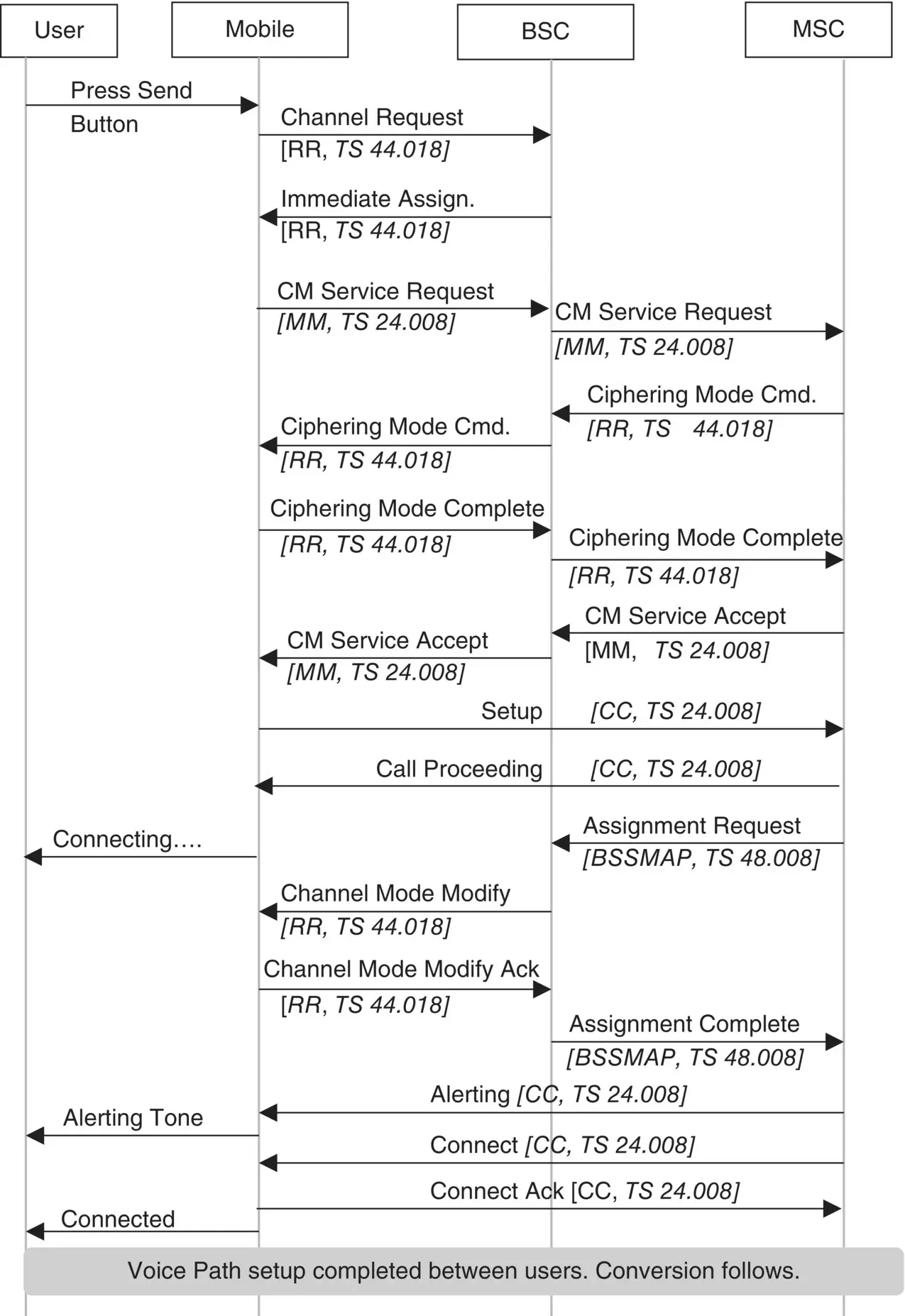
Figure 2.8 Illustration: GSM MO call flow.
In the typical GSM call flow example shown above, the following network elements are involved to provide an end‐to‐end MO voice call facility to the user.
Mobile device or station
BSS, comprising the BTS and the BSC
MSC
Once the user initiates a voice call, it goes through several phases as summarized below. All these phases involve the exchanging of various signaling messages among the protocol layers of different network elements of the AN and CN domains.
Establishes a Radio Resource Connection between the MS and BSC to transport the call‐related information to the MSC.
Allocates the necessary signaling connection and traffic channel by the BSC.
MSC authenticates the mobile device/station.
The Radio Resource Connection phase is completed and a connection between the MS and MSC is established.
MS further sends the call setup message to the MSC. The MSC reserves the necessary resources and connects with the called party; thus, a voice/speech path has been setup between the mobile users. The voice is now in the conversation phase. Once the conversation ends and the user presses the disconnect button, the call enters into the Call Release phase where the BSS, as well as the MSC, frees the allocated radio resources. Similar steps take place whenever a mobile user tries and place a call to a PSTN landline telephone user. However, in this case, the MSC also establishes a signaling connection with the fixed PSTN.
2.3 Mobile Communications Systems Evolutions
Section 2.1described the basic network architectures from the GSM to the LTE system. In this section, we will introduce further the evolutions of the mobile communications networks and systems, from the GSM to LTE, with respect to their air interface and network architectures. The 3GPP, which is described later in Section 2.5, is responsible for standardizing and defining the system architecture evolutions (SAEs) of the GSM to the 5G system‐based mobile communications networks.
2.3.1 Evolutions of Air Interface
The air interface (known as Um in GSM: Uu in UMTS, LTE, 5G) of a mobile communications network is used to communicate between a mobile device and its RAN. In the GSM system, mobile devices use the frequency‐division multiple access (FDMA)/time‐division multiple access (TDMA)‐based radio access methods. In UMTS, UEs use the Wideband Code Division Multiple Access (WCDMA)‐based radio access method, LTE UEs use the Orthogonal Frequency Division Multiplexing Access (OFDMA) and SC‐FDMA‐based radio access methods, and 5G uses the OFDMA‐based radio access method to communicate with the respective RAN. Figure 2.9illustrates the evolutions of the 3GPP mobile communications systems along with the radio access method used in each evolution from the GSM to the 5G system. The arrow indicates the increased data rates in each evolution.
The air interface and its evolutions can be studied in terms of the access technologies and its modulation technique used, which is shown in Figure 2.9. One of the factors that determine the rates of data transfer or throughputs is the modulation technique used by each radio access method. Table 2.2shows the modulation techniques, bandwidths, and data rates offered over the GSM, UMTS, LTE, and 5G air interface. From this table, it is observed that even within a particular radio access method, for example, UMTS, the data throughput offered in the downlink (DL) and uplink (UL) directions are different depending on the modulation technique used by it.
Читать дальше
